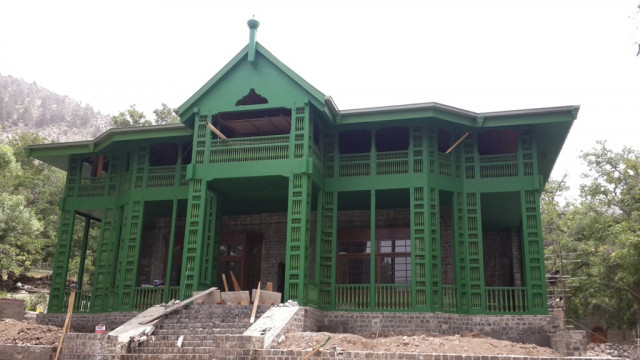House on the hill
The Ziarat residency, Jinnah's home during the last days of his life, has been restored under a Rs140 million...


There is also another dimension to all this. During the delicate reconstruction work carried out under the supervision of leading architect Nayyer Ali Dada, it surfaced that the building occupied by the Quaid-e-Azam had been so badly mutilated that it could barely be recognised. Mr Dada, who had worked on the building earlier in the 1990s, reported that gaudy pink bathroom tiles had been installed in the facility used by the Quaid, pictures altered and changed around, furniture destroyed with graffiti carved into it and the premises apparently used as a guest house. This is unforgiveable. Civilised nations guard their history and their heritage. We, it seems, are incapable of this, with the structure mutilated even before it was brought to the ground by militant action.
The work to set it back in place has been carried out in haste, and while its restoration is highly welcome, it is clear that further improvements need to be made. The project also saw some debate between leading conservationists in the country over how to go about it. But it seems the task has been well completed, with the building inaugurated by the prime minister to coincide with Independence Day. We must now take measures to ensure it is not damaged in any way again and can be kept as a reminder of our history and all that this means to us.
Published in The Express Tribune, August 18th, 2014.
Like Opinion & Editorial on Facebook, follow @ETOpEd on Twitter to receive all updates on all our daily pieces.














COMMENTS
Comments are moderated and generally will be posted if they are on-topic and not abusive.
For more information, please see our Comments FAQ